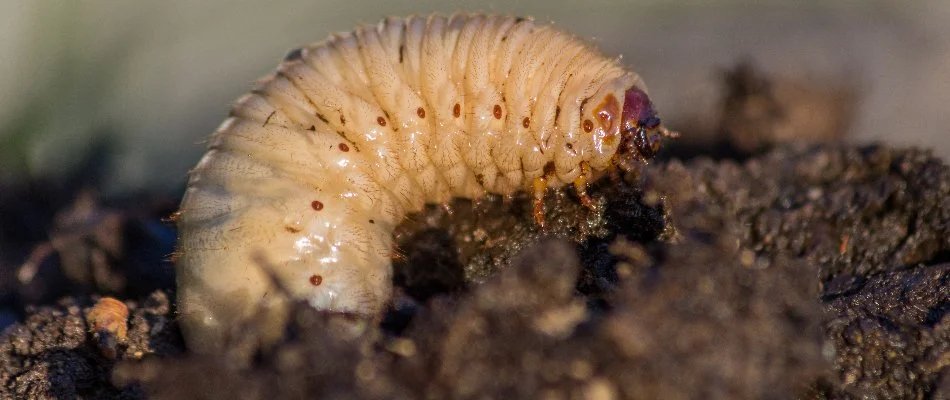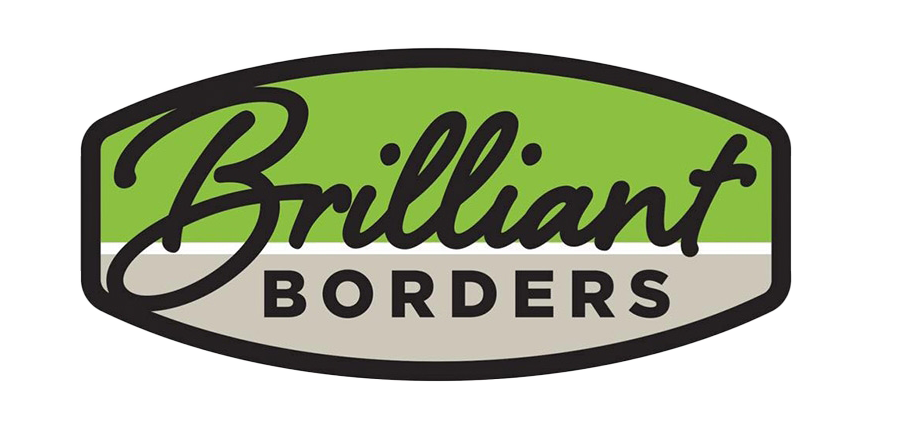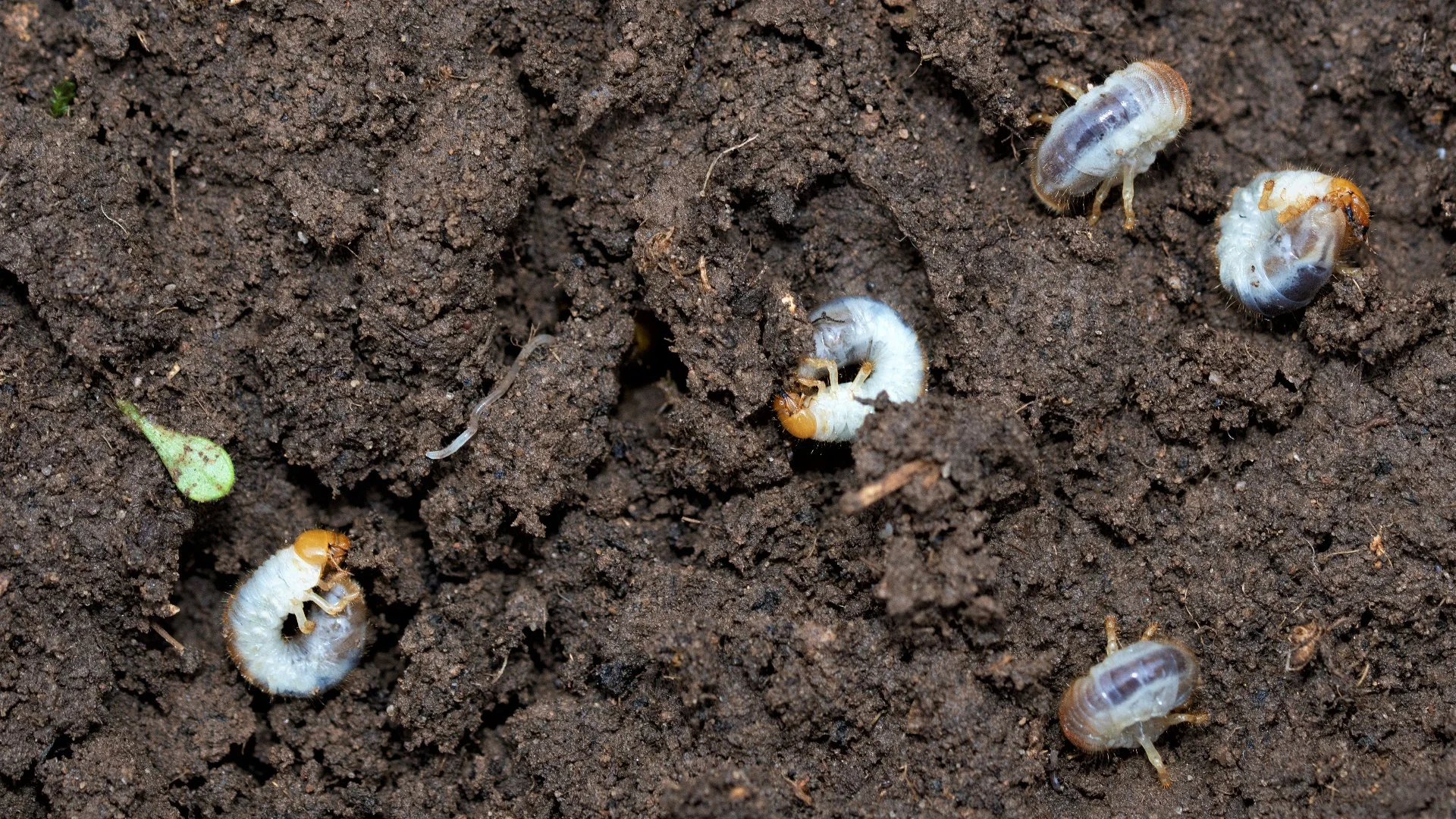With grub season in Iowa right around the corner, you should stay proactive by protecting your lawn with preventative grub control treatments! Investing in these treatments will eliminate grubs in the early stages before they're able to cause serious damage to your lawn. These treatments work by sinking down into the soil, eliminating newly hatched grubs before they have a chance to start causing damage. Because these treatments only work on grubs in their early stages, they need to be applied between early and mid-June, which is right before they hatch. Skipping out on a preventative treatment could lead to a grub infestation and severe lawn damage. If that happens, you would need to invest in curative treatments to eliminate the infestation as well as lawn care services to help your grass recover.
Invest in preventative grub control treatments to protect your lawn from these pests.
Preventative grub control treatments provide your lawn with optimal protection against the next generation of grubs since they work very well to eliminate newly hatched ones. This type of treatment is applied to a lawn and works by sinking into the soil where the grubs are. As they hatch, they will come into contact with the treatment and be eliminated before they ever have the chance to start feeding on the roots of grass.
Preventative grub control treatments are designed to eliminate grubs before they reach maturity.
When should preventative grub control treatments be applied?
Preventative grub control treatments should be applied between early and mid-June before the grub season begins. Applying the treatments at the correct time targets the grubs while they're still in their developmental stage. Waiting any longer might allow the grubs to mature, making it more difficult to eliminate them. Preventative grub control treatments are not effective against mature grubs, so the timing of preventative treatments is crucial to ensure they work properly!
For maximum effectiveness, it's ideal to apply preventative grub control treatments between early and mid-June, before the eggs begin hatching.
What can happen if you skip preventative grub control treatments?

Skipping preventative grub control treatments this year could potentially lead to severe lawn damage. Skipping these treatments opens your lawn up to the possibility of a grub infestation. If this happens, you would then need to schedule a curative treatment to eliminate the grubs that are present in your lawn. Even after eliminating them with a curative treatment, you might have more work to do.
A grub infestation can cause extensive damage to your lawn, which may require investing in lawn care services such as fertilization, aeration, and overseeding to ensure a full recovery. Fertilization will replenish your lawn's nutrients. Aeration will allow your lawn to easily absorb essential resources and nutrients from the fertilizer. Overseeding will promote new grass growth in areas where grass might have died due to the infestation. To prevent your lawn from suffering from these grub damages, it's best to stay proactive with preventative treatments.
Keep your lawn protected from grubs by scheduling our grub control service.
Prevent your lawn from becoming a meal this grub season by taking advantage of our preventative grub control service. At Brilliant Borders Landscaping, we've been in business since 2004 and have the knowledge and expertise needed to eliminate grubs during their early stages. We will apply our preventative treatments between early and mid-June to ensure we target the grubs before they have a chance to cause damage. We offer our preventative grub control service to commercial and residential properties in Waukee, IA, and other surrounding areas, including West Des Moines, Urbandale, and Grimes. Give us a call at (515) 664-6205 to sign up!



Comments (0)
Thanks for your comment!
Thanks for your feedback! Your comments have been successfully submitted! Please note, all comments require admin approval prior to display.
Error submitting comment!
There is a problem with your comment, please see below and try again.